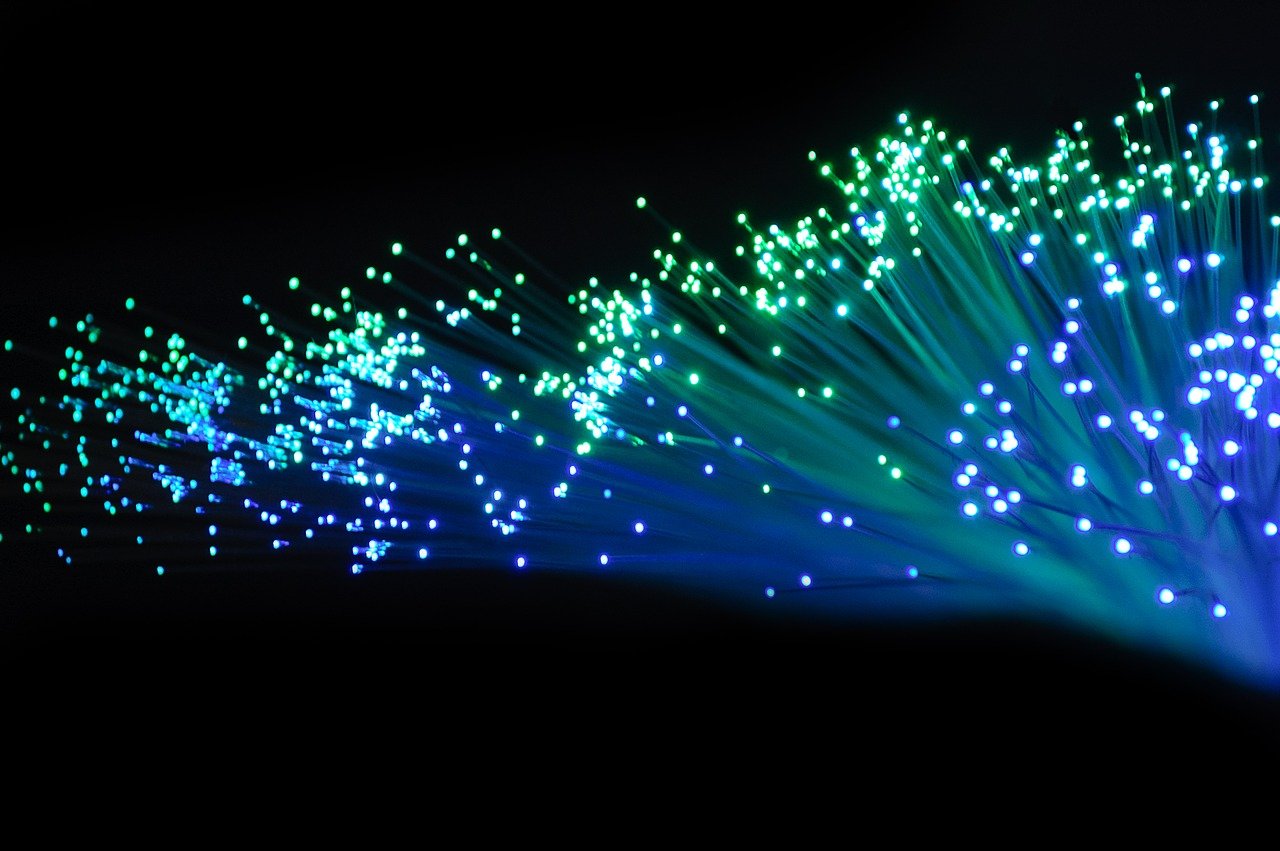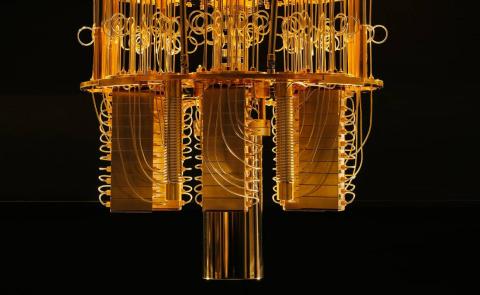Quantum Internet developed using fibre optics from a Boston area
A team of physicists led by Harvard University (USA) has succeeded in linking two quantum memory nodes 35 kilometres apart using existing fibre optics in the Boston area (USA). This is the longest distance achieved to date. According to the authors, who publish their results in the journal Nature, ‘demonstrating that quantum network nodes can intertwine in the real-world environment of a busy urban area is an important step towards practical networking between quantum computers’.

Carlos Sabín - internet cuántica Boston EN
Carlos Sabín
Ramón y Cajal Researcher Department of Theoretical Physics UAM Madrid
In a quantum internet, we would have quantum computers connected by quantum communications (e.g. single photons). In this experiment published in Nature, the computers have only two quantum bits (cubits): one to store information and one to perform operations. Communication takes place via a photon travelling through conventional fibre optics in two separate experiments: the first is a 40-kilometre cable wound on a reel, while the second is a 35-kilometre cable stretching across several locations in Boston, forming a loop between two different floors of a Harvard building.
The experiment works like this: first, quantum entanglement is generated between the cubit of the first small computer and the transmitting photon. When the photon reaches its destination in the second computer, quantum entanglement is generated between the photon and the new cubit. The result is that the three parts are now entangled, and a measurement on the photon will leave the two cubits in an entangled state. In theory, all these generated entanglements are perfect and lead to a final situation in which the two small quantum computers have maximum entanglement.
In reality, quantum states are very fragile and degrade with the passage of time, the slightest temperature (in this experiment, the cubits are very close to absolute zero temperature, at -273°C) or travel through the fibre, among other factors. The result is that the final states only resemble the maximally entangled state predicted by the theory by 70%.
All in all, this is a small, very preliminary step towards the possibility of a quantum communications network. The results are similar to other experiments with other known quantum systems, although the previous record of 22 km of uncoiled wire in an urban environment is broken.
Knaut et al.
- Research article
- Peer reviewed


